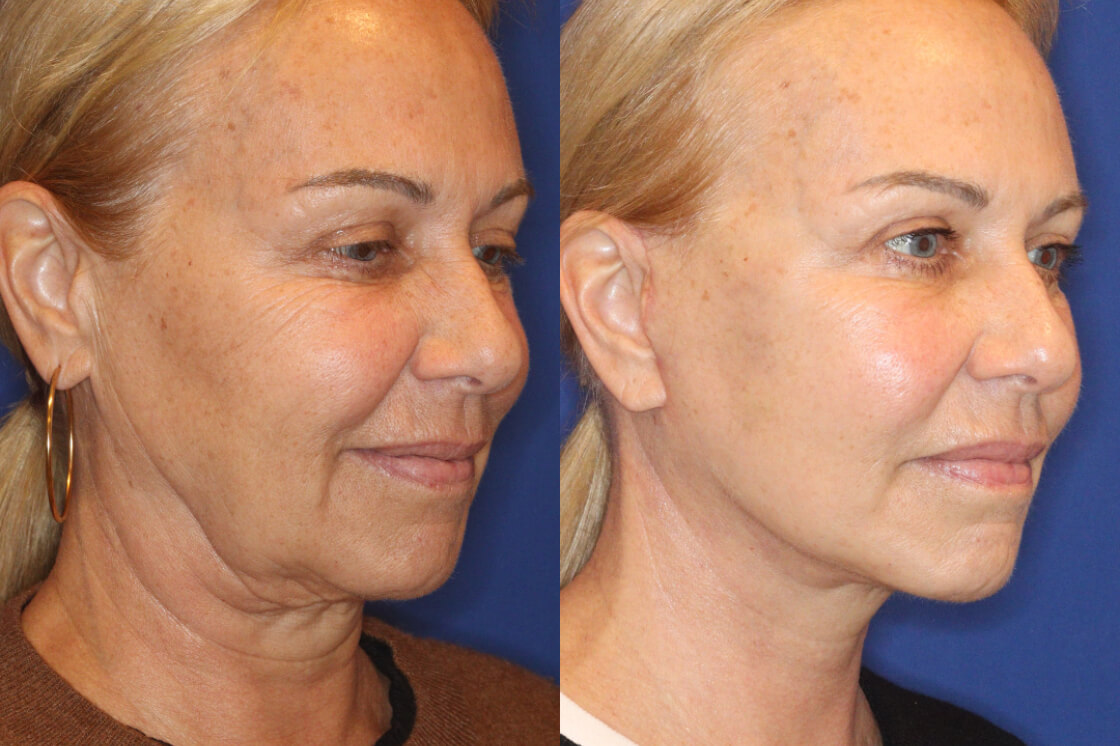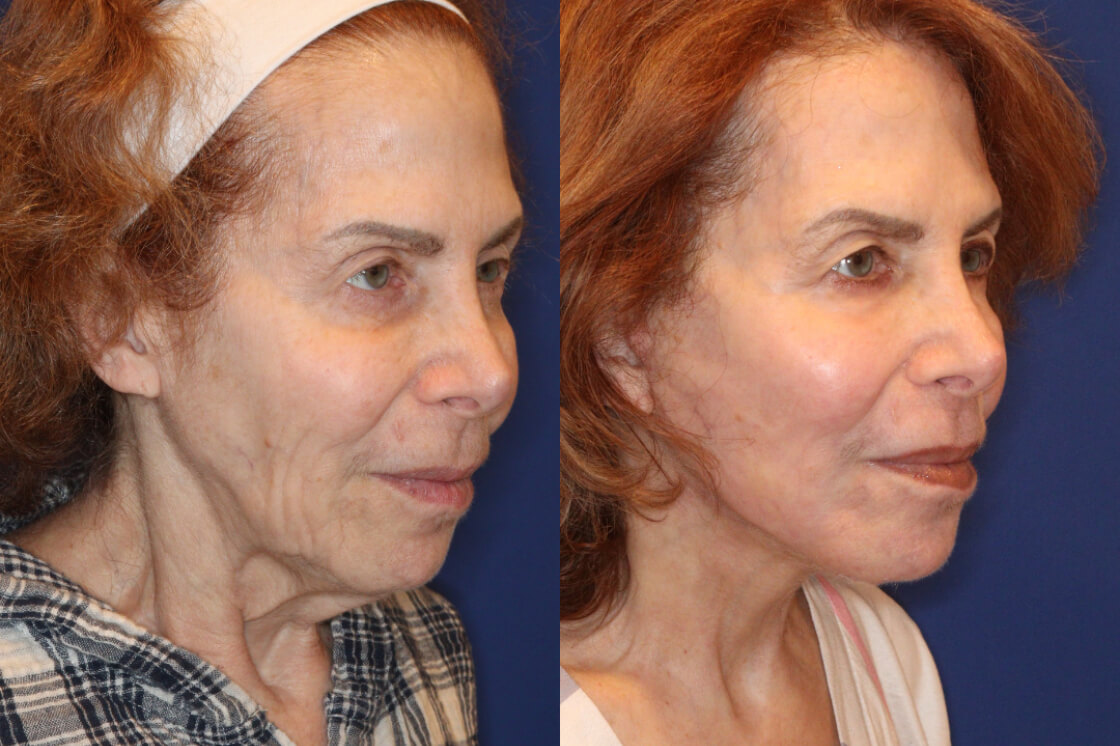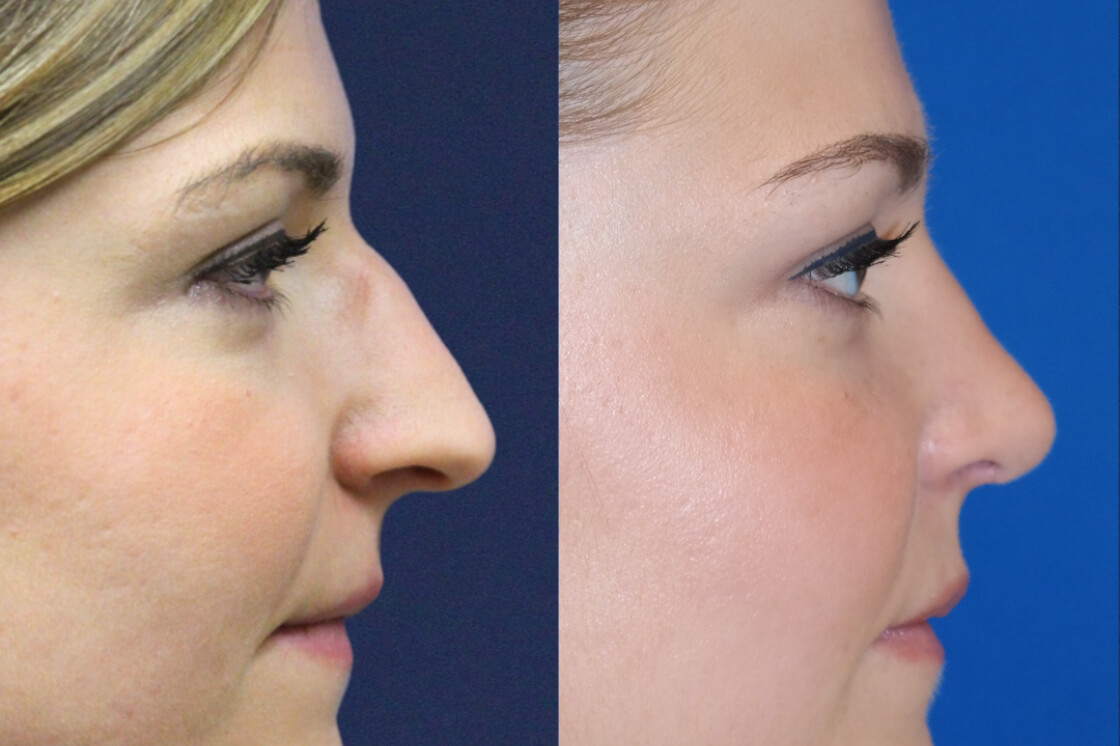Between 15 and 16 million plastic surgery procedures are performed each year in the United States, a type of surgery that is trending upward year-after-year. And although there are various types of plastic surgery (i.e. breast augmentation, liposuction, etc.), rhinoplasty, or a reshaping of the nose, remains one of the most popular.
But when it comes to rhinoplasty surgery, one common dilemma that patients are confronted with is whether to have an open or closed procedure. Simply put, “open” and “closed” refers to how the nasal skin is removed and how the nasal bone structure is accessed. With that being said, here’s a look at the differences between the open and closed rhinoplasty procedures so you can make the call as to which type is right for you.
Open Rhinoplasty: The Basics
Open, or external, rhinoplasty uses a trans-columellar bridging incision that connects the right and left nostrils. This type of incision thereby allows the nasal skin to be folded upward (think like opening up a car hood) to access the nose bone skeleton. Essentially, open rhinoplasty is said to be an improved surgical process when it comes to visibility and perspective for the surgeon, as access is enhanced by the trans-columellar incision and ability to fold the skin up. It’s often a procedure that’s recommended for patients wishing to undergo a somewhat extensive adjustment, whether it be projection or deprojection.
Closed Rhinoplasty: The Basics
Closed, or endonasal, rhinoplasty is characterized by all surgical incisions occurring inside of the nose itself, hence reducing the likelihood of a visible scar following the procedure. However, closed rhinoplasty is often much more complicated, as the surgeon is working with limited visibility and small surgical openings.
Open Rhinoplasty Pros and Cons
Pros: The biggest advantage of open rhinoplasty is that the surgeon will have a direct visual on the cartilage and nasal structure throughout the entire process, which often leads to a satisfying end result for the patient. Being that the surgeon is working with optimum visibility, they are better able to manipulate and alter the shape of the nose with better control and precision than what is permitted via the closed process.
Cons: The big con of open rhinoplasty is the potential to have external scarring. Typically, the trans-columellar incision that is made is 4-5 mm in size, which has the potential to result in a scar. However, in many cases, this scarring heals to the point where it’s unnoticeable in many cases.
Closed Rhinoplasty Pros and Cons
Pros: There are two big advantages to having closed rhinoplasty – there’s less swelling and a shorter recovery time following the procedure and patients will avoid a visible scar since the incisions are internal.
Cons: As we covered earlier, the big disadvantage to endonasal rhinoplasty is that there’s less surgical precision, due to lack of visibility and to the limited opening that the surgeon is required to work with. Furthermore, it’s not always easy to reposition the nasal skin and the nasal cartilage can become distorted during the procedure.
As with any surgical procedure, there are pros and cons to both open and closed rhinoplasty. To learn more about the advantages and disadvantages of each, or to set up a consultation appointment to see which type would be best for you, contact our offices today.




